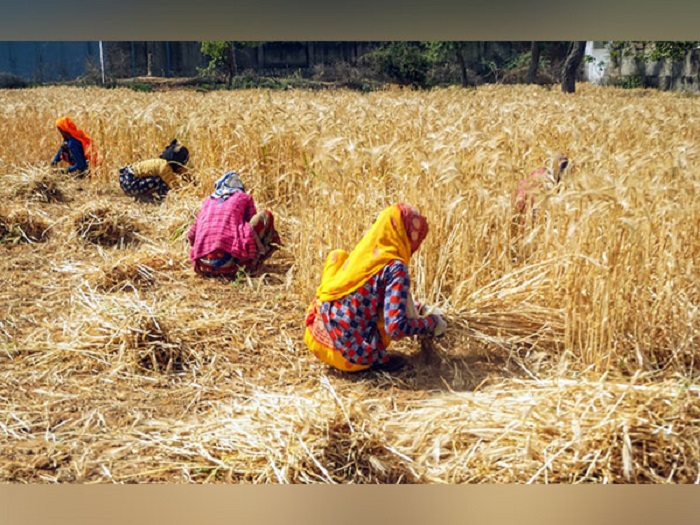
New Delhi: The Indian government is focusing a lot on uplifting the agriculture sector by supporting the cooperatives at the grassroots level. It has formed a separate Ministry of Cooperation in 2021 to realise the vision of prosperity through cooperation.
The initiative was aimed at strengthening the cooperative movement in the country. Through this cooperative movement, the country has been able to bridge the urban-rural divide, increase women participation, educate the farmers, skill rural youth and spread digital solutions and facilities to the last mile.
The focus on empowering and assisting farmers is a must for a country which aspires to achieve a USD 5 trillion economy by 2025. To drastically increase the income of farmers, especially the small ones, an increased focus has been laid down on animal husbandry, dairy and fisheries with the agricultural loan target being increased to Rs 20 lakh crore.
Moreover, Rs 450 crore has been allocated for the Digital Agriculture Mission and about Rs 600 crore for the promotion of agriculture through technologyNewsonAir.
India is one of the major players in the agriculture sector worldwide and it is the primary source of livelihood for about 58 per cent of India’s population. India has the world's largest cattle herd (buffaloes), largest area planted to wheat, rice, and cotton, and is the largest producer of milk, pulses, and spices in the world.
It is the second-largest producer of fruit, vegetables, tea, farmed fish, cotton, sugarcane, wheat, rice, cotton, and sugar. Agriculture sector in India holds the record for second-largest agricultural land in the world generating employment for about half of the country’s population. Thus, farmers become an integral part of the sector to provide us with means of sustenance, according to India Brand Equity Foundation.
Agriculture’s share in Indian economy may have progressively declined due to the high growth rates of the service, manufacturing and other sectors, however, agriculture’s immense importance in India’s economic and social fabric goes much beyond these indicators.
The budgetary allocation for the sector reflects this seriousness, which was less than 25,000 crores in 2014, and has been increased five times to more than 1,25,000 crores today. A provision of Rs. 60,000 crore has been made for India’s ambitious scheme- PM-Kisan.
Similarly, Rs 23,000 crores has been allocated for Kisan Credit Card, as small farmers have greatly benefited from it. However, it is also sad that India still spend around 2 lakh crore on agricultural imports. In 2021-22, Rs 17,000 crores was spent on the import of pulses, 25,000 crores on the import of Value Added Food Products, and Rs 1.5 lakh crore spent on the import of edible oils in 2021- 22. Clearly, India’s goal should not be limited to rice or wheat, when it comes to self-sufficiency or export, and must vigrously make efforts to go for the things that the country import heavily.
According to Inc42, the Indian agricultural sector is predicted to increase to US$ 24 billion by 2025. Indian food and grocery market is the world’s sixth largest, with retail contributing 70 per cent of the sales. As per First Advance Estimates for FY 2022-23 (Kharif only), total foodgrain production in the country is estimated at 149.92 million tonnes. Rapid population expansion inIndia is the main factor driving the industry.
The rising income levels in rural and urban areas, which have contributed to an increase in the demand for agricultural products across the nation, provide additional support for this. In accordance with this, the market is being stimulated by the growing adoption of cutting-edge techniques including blockchain, artificial intelligence (AI), geographic information systems (GIS), drones, and remote sensing technologies, as well as the release of various farming applications.
At present, India is home to more than 3,000 agri-startups and the number is increasing very fast seeing the potential of the sector. Hence, accelerator funds for agri-tech startups have also been allocated. In addition, the increasing focus on creating digital infrastructure, announcing the year as International Year of Millets, the new revolution taking place in the cooperative sector, and schemes like PM Pranam Yojana and Gobardhan Yojana to promote natural farming, promise a lot for the farmers